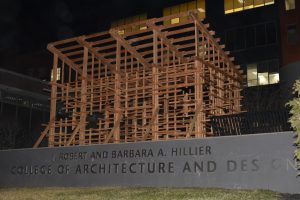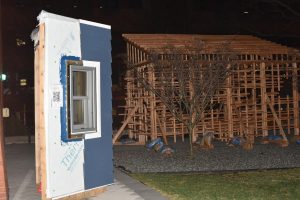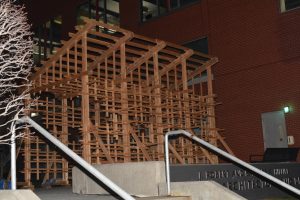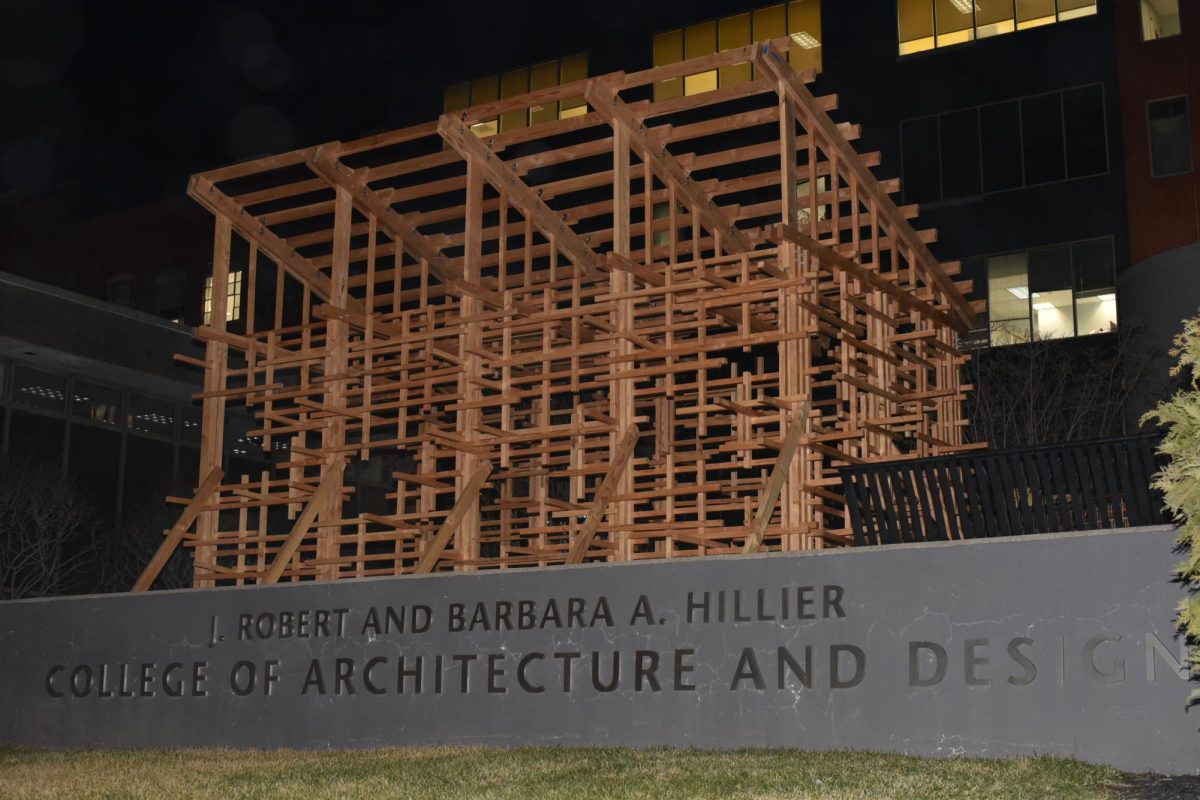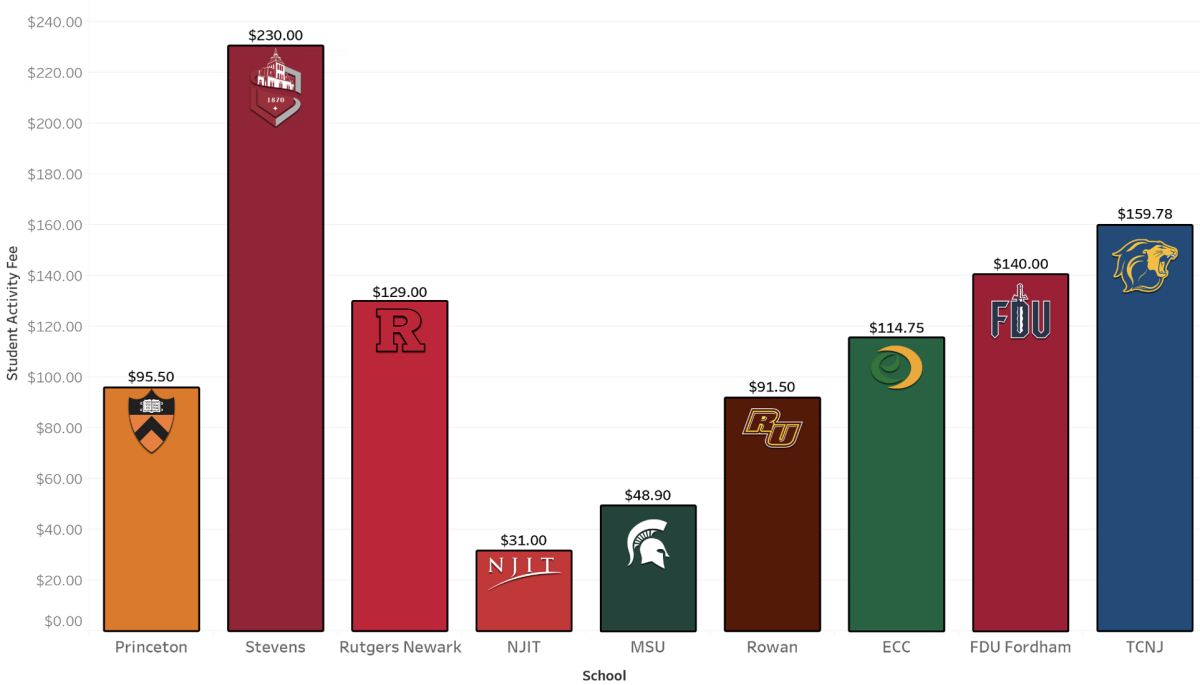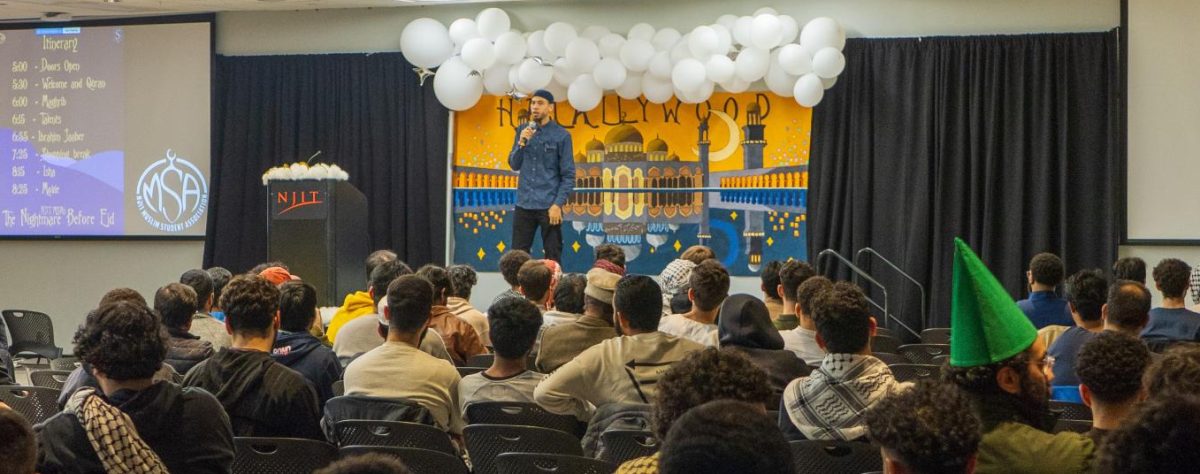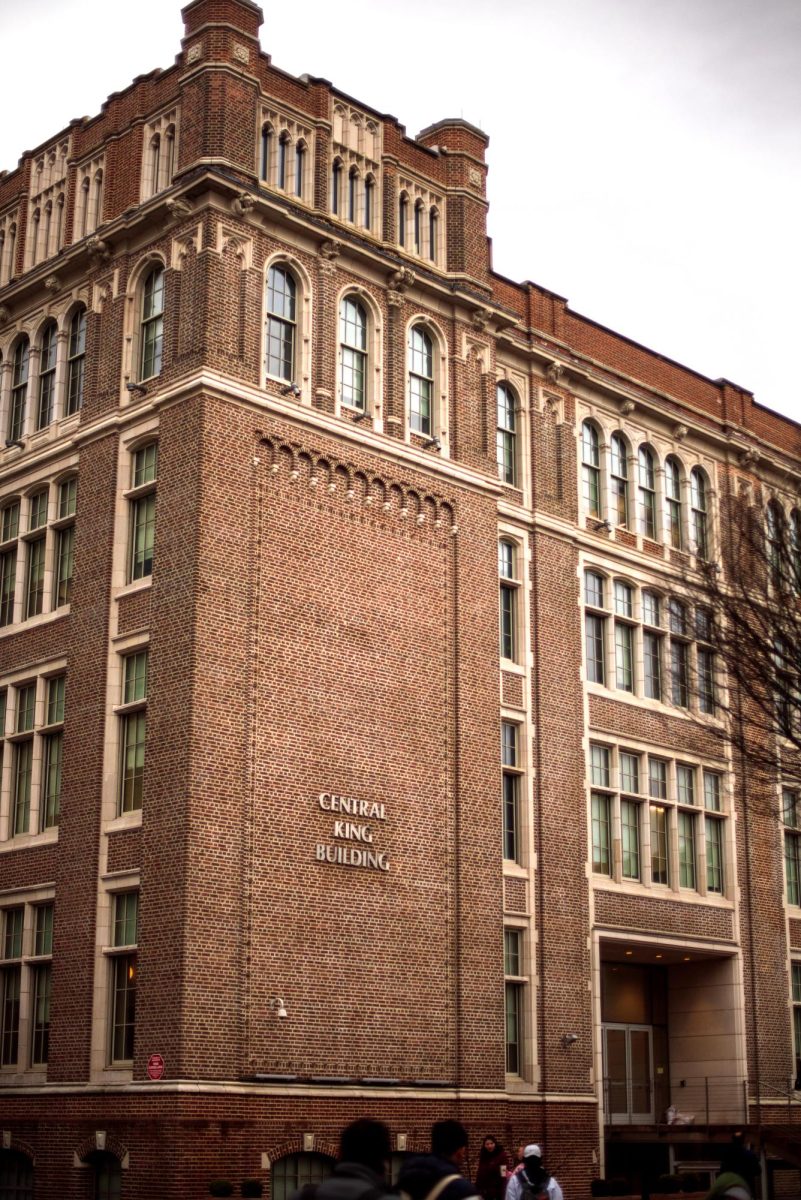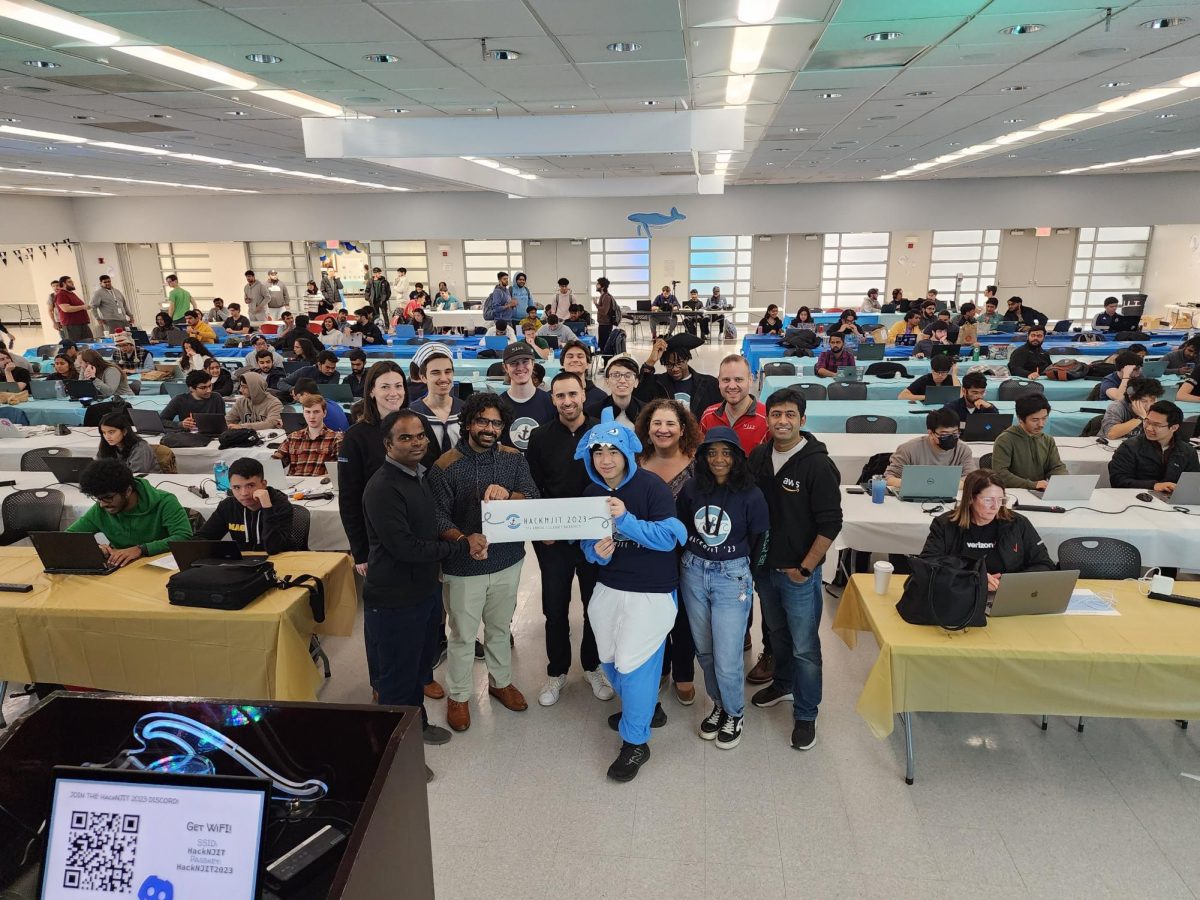In November, Newark mayor Ras Baraka made headlines by announcing that the unsheltered homelessness rate in New Jersey’s largest city had fallen 57.6%, according to an annual study conducted by the New Jersey Department of Community Affairs. In 2022, Newark had a reported 3,841 unsheltered people; as 2023 came to a close, this number dropped to 1,627. This is part of a larger initiative by the state to reduce the overall homelessness rate by 25% by 2025.
Of equal import is the fact that the study measured the factor of “shelter” while counting the unhoused population; therefore, this reduction may not reflect solutions to the systemic problems that cause and perpetuate homelessness. However, the statistic does suggest the success of programs such as the Hope Villages, part of “The Path Home,” an initiative launched by Baraka’s administration to provide unconditional support and care for the unhoused. The program made national news for its innovative use of shipping containers to provide a safe and comfortable living environment.
Hope Village I was the first installation and was launched by Newark’s Office of Homeless Services in 2021; it featured modified shipping containers that would house 24 residents at a time. Each container, or mini-home, contains most amenities required for independent living, although the bathrooms are shared between residents. That year, NJIT architecture students re-envisioned the miniature homes in a project that culminated in the unveiling of the “Place of Dwelling,” known as the POD, on Weston Green in front of the College of Architecture building.
For Hope Village II, which was inaugurated in January, NJIT architecture students were even more involved; they designed the welcome booth of the community under the tutelage of adjunct instructors Erin Pellegrino and Charlie Firestone, who led the design of the POD in 2021. Hope Village II will accommodate 20 residents, who, like in the previous installment of the program, will live independently and share a cooking space. The Newark City Council approved $4.78 million for the project, and it featured numerous collaborators such as local architecture firms and nonprofits.
“The Path Home” is the overarching term for a strategic plan that includes the Hope Villages as well as the renovated Miller Street elementary school, which was refurbished into a 166-bed shelter that has room for 84 men, 44 women, and 17 beds for families or isolated single adults. It also features a separate drop-in area with showers, washers and dryers, a kitchen, and an area to relax, according to the published plans. The Hope Villages are a step removed from a shelter, seeking to address the city’s goal of developing 100 units of housing.
Although Hope Village II was unveiled, Hope Village III may be even more momentous — its housing units will be replicas of the POD designed by NJIT students. Additionally, the layout and general access points will also be under the purview of the architecture students, allowing them to continue the vision that was established in Hope Village II. Features of the POD include its dual structure that is composed of an inner and outer box that form the living area and outer support respectively, making it easier to transport.
The tiny home project was initiated at NJIT with only 15 students and a meager budget of $10,000; as Newark’s interest in the design grows, students may well continue to outline even more significant ways to attenuate the homelessness crisis and provide support to the unhoused population. Further initiatives by the city include providing support to 10,000 vulnerable families by 2026, developing and providing support services to populations with specialized needs, and providing transitional housing for all who need it.
In terms of the new housing being constructed, the Newark City Council delineated that it plans to construct at least 3,000 homes across all five wards of Newark by 2026 and 8,000 by 2032. 30% of these must be marked as “affordable” according to the average median income of Newark residents; in addition, the city plans to fund projects such as single-room occupancy models that will serve as long-term transitional housing. It remains unclear exactly how NJIT students will be involved in these plans, but their proposal to combat homelessness ensures their inclusion. 